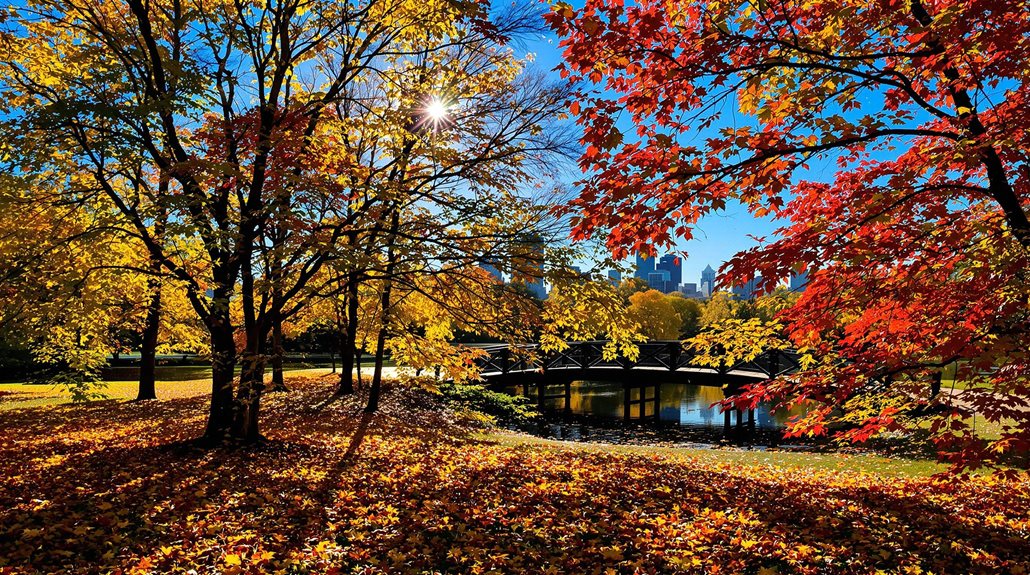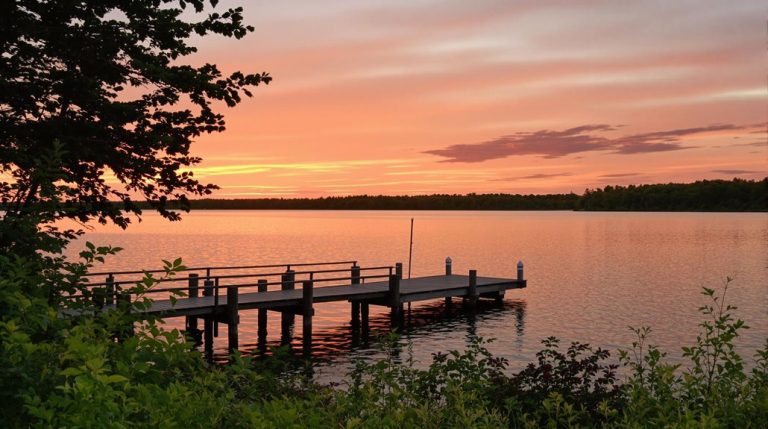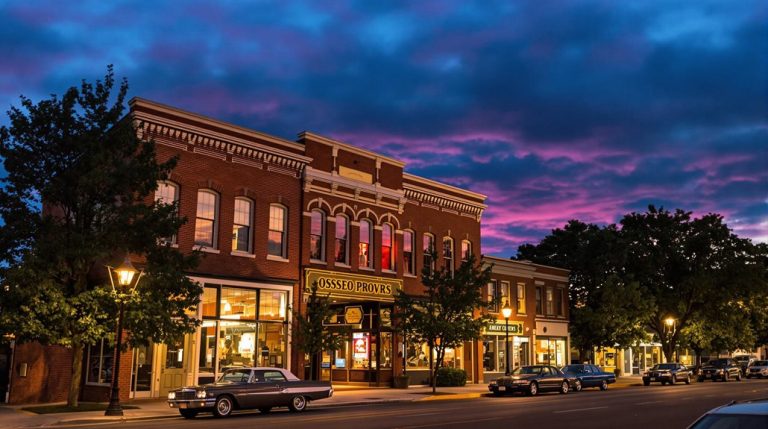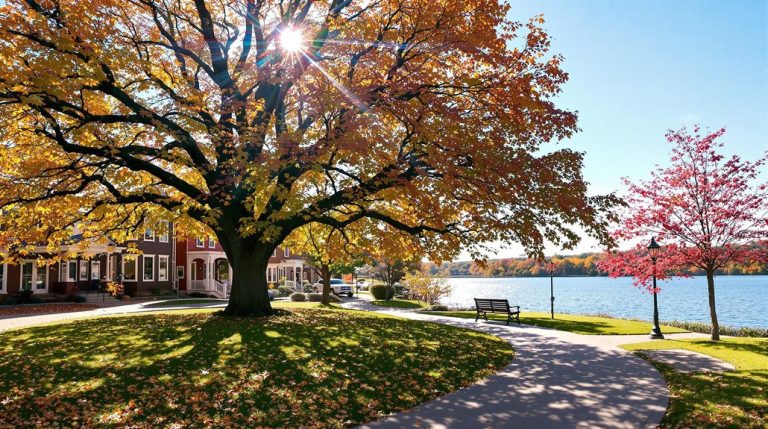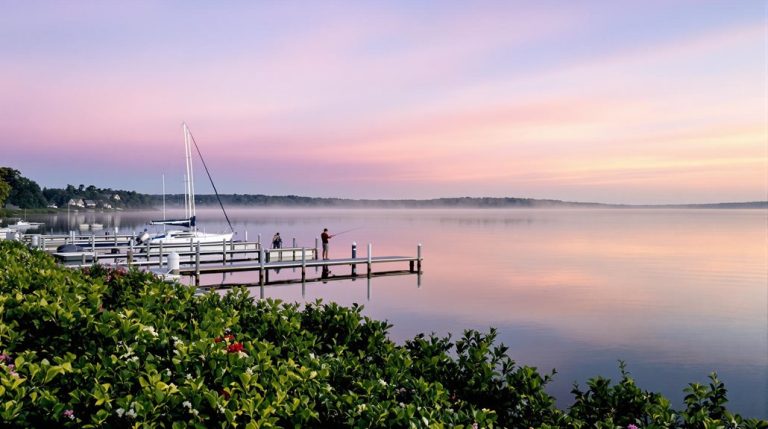St. Louis Park MN
St. Louis Park, Minnesota, was incorporated in 1886 and named after the Minneapolis and St. Louis Railway. Initially consisting of about 45 families, it grew considerably with industrial developments. Today, it offers extensive recreational features, including 52 parks and 35 miles of trails. The city emphasizes environmental sustainability through initiatives like curbside recycling and a goal for carbon neutrality by 2040. As a vibrant suburban area, St. Louis Park provides a blend of cultural attractions, economic opportunities, and a strong commitment to community engagement. Further exploration reveals its dynamic evolution.
Expert Highlights
- Incorporated in 1886 as “St. Louis Park” after the Minneapolis and St. Louis Railway.
- Supports industrial growth with companies like the Minneapolis Land and Investment Company.
- Features multiple parks, including Westwood Hills Nature Center.
- Offers cultural events like the St. Louis Park Art Fair and Juneteenth.
- Pursues sustainability through the Climate Action Plan and green initiatives.
History and Founding
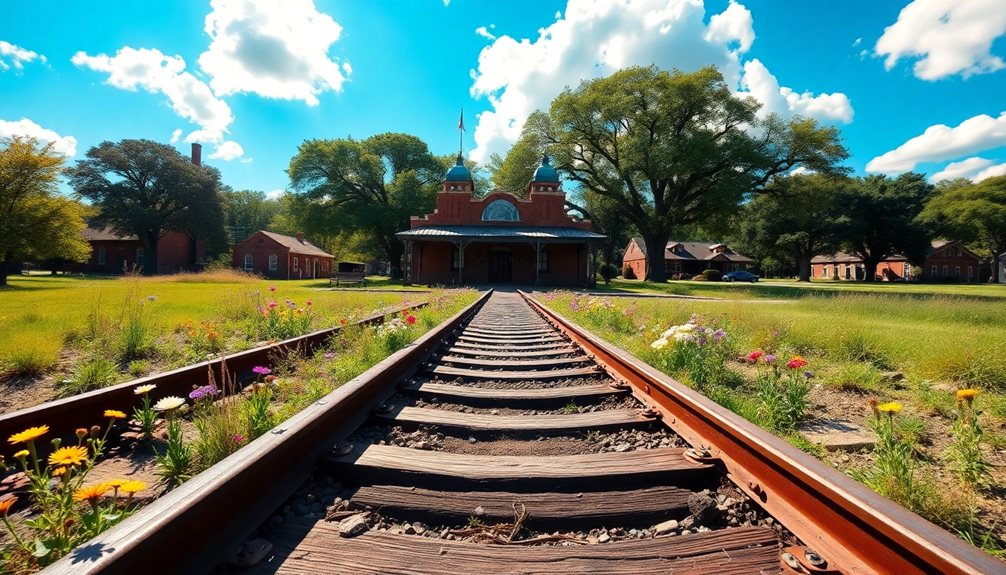
The history and founding of St. Louis Park began in 1886 when it was incorporated as a village. This move prevented Minneapolis from expanding further west.
The name “St. Louis Park” was derived from the Minneapolis and St. Louis Railway. The village was initially home to about 45 families, and its growth was boosted by industrial developments, including the Minneapolis Land and Investment Company, which focused on industrial expansion.
A significant early landmark was the Peavey–Haglin Experimental Concrete Grain Elevator, built in 1899. Many homes in the area featured beautiful cedar front porches that enhanced the architectural character of the growing community.
Community and Cultural Attractions
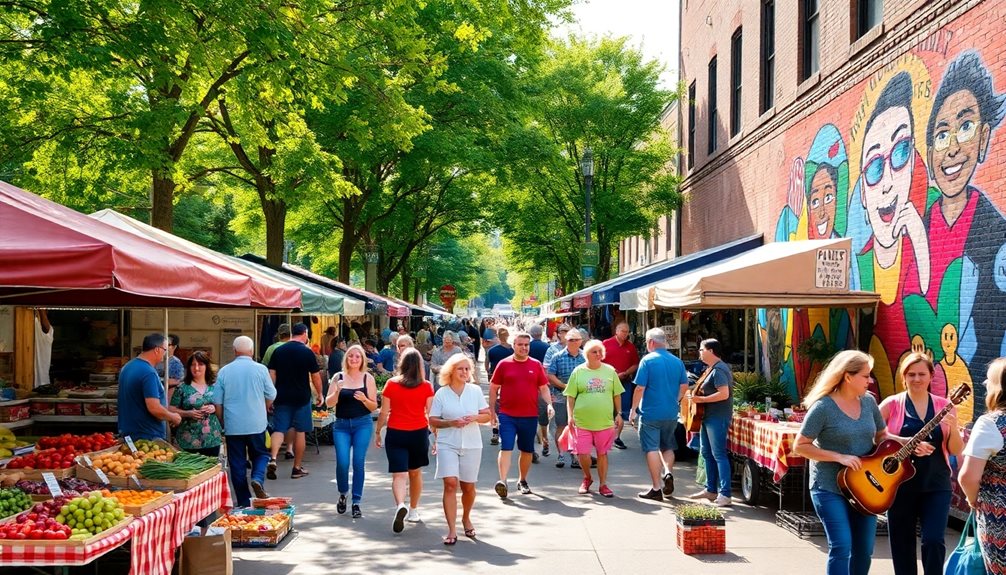
St. Louis Park offers diverse community and cultural attractions. Residents and visitors can enjoy outdoor activities like walking trails and the Aquatic Park, while the Westwood Hills Nature Center features interpretive centers and playgrounds.
The city also hosts vibrant events, including the St. Louis Park Art Fair, Twin Cities Film Festival, and Juneteenth celebrations. Additionally, cultural dining experiences are available at venues like the Shops at West End, featuring a variety of international cuisines and craft beverages.
These attractions reflect the city’s commitment to community engagement and cultural diversity. Many homes in the area feature custom composite decks that enhance outdoor living spaces and entertainment options.
Environmental and Recreational Features

Vibrant environmental initiatives in St. Louis Park, MN, underscore the city’s commitment to sustainability. It was one of the first cities to implement curbside recycling and has since expanded to organic collection.
The city’s Green Building Policy, enacted in 2010, emphasizes energy efficiency and environmental responsibility in both new constructions and city operations.
The city features 52 parks, 35 miles of trails, and the notable 160-acre Westwood Nature Center.
With a goal of achieving carbon neutrality by 2040, St. Louis Park continues to enhance its sustainability efforts through initiatives like the Climate Action Plan.
Many residents enhance their outdoor spaces with maintenance-free deck solutions that complement the city’s natural surroundings while minimizing environmental impact.
Economic and Educational Highlights**
Economic growth and educational excellence are integral components of St. Louis Park, Minnesota. The city enjoys a vibrant economy, bolstered by its central location and extensive transportation networks. St. Louis Park’s business-friendly environment and skilled workforce attract significant investments. Local homeowners can enhance their properties with custom-designed deck solutions that seamlessly integrate with existing architecture.
| Economic Highlight | Details |
|---|---|
| Unemployment Rate | 3.5% |
| Job Market Growth Prediction | 38.3% over ten years |
| Median Household Income | $87,639/year |
Its schools also excel, focusing on equitable learning and community engagement.
Expert Final Thoughts
St. Louis Park, Minnesota, rich in historical significance, features landmarks like the Milwaukee Road Depot, a symbol of its rail heritage. The city’s cultural scene is complemented by the St. Louis Park Historical Society, dedicated to preserving local history. Environmentally, Westwood Hills Nature Center offers educational opportunities amidst natural beauty. Economically, St. Louis Park has evolved with significant industrial milestones and educational initiatives. Overall, the city balances historical depth with modern attractions.

